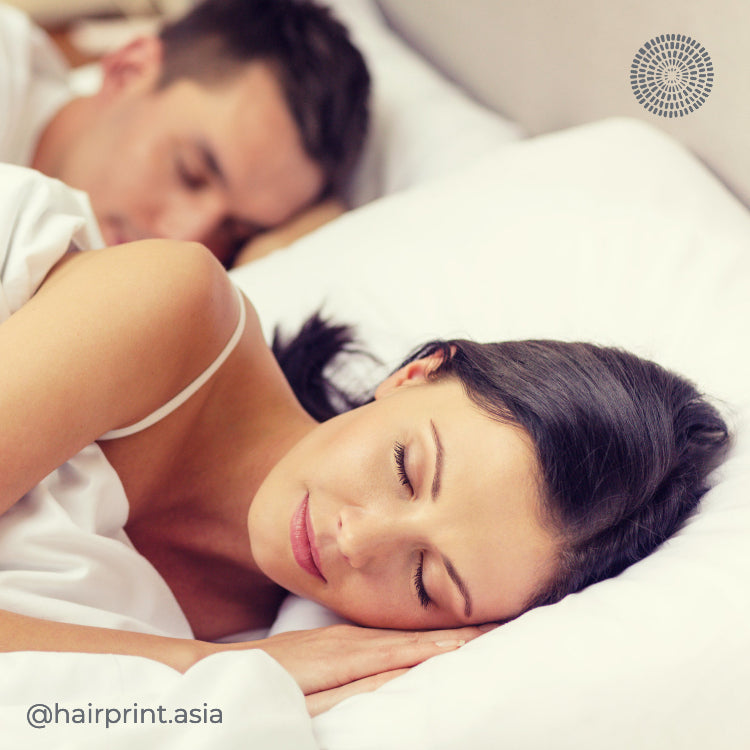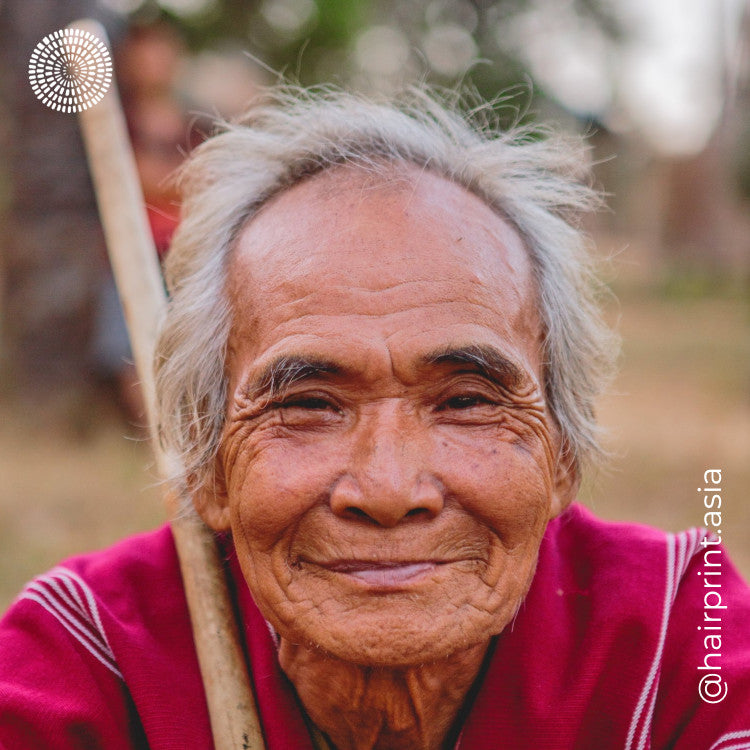3 Signs of Too Much Product Build-Up

We tend to use a lot of different hair care products: we style, and wash and treat and primp.... Overtime, the residue from our products can begin form build-up. While some product residue here and there isn’t going to hurt, especially if it is chemical free stuff. If product build-up is left on the hair for too long your scalp and hair can be negatively affected.
What can happen if the build up is left on for too long? Well, the scalps natural moisture or any product will not be fully absorbed. The product will just be sitting on top of the hair strand, causing even more build-up, drying out, hardening and matting up your natural hair. If your hair follicles and pores are blocked it can inhibit healthy hair growth and cause scalp irritation.
Of course, the most obvious way to get rid of product build-up is to wash it. Hairprint.Asia recommends that you choose a moisturising clarifying shampoo which acts as a heavy-duty shampoo, stripping the even the thickest of product residue and cleansing the scalp thoroughly. This cleansing process can get a bit harsh, which is why it is important to find one that is moisturising and keeps the natural oils of your strands intact.
Here are 3 signs of too much product build-up in natural hair:
1) Visible Residue
You can see tiny flakes in your tresses. Some point the product isn’t absorbed by your hair anymore and dries into tiny clumps that look like flakes.
2) Dull Looking Hair
Too much product build-up can prevent the natural shine your hair has and create the appearance of dull hair. The build-up clogs the hair follicles and weighs the hair down with product.
3) Hair Feels Greasy
Hair that has too much product applied to it usually feels a bit limp or greasy. Avoid products that contain mineral oil, petrolatum, or silicones. These ingredients are known to coat your hair and lead to faster build up.







